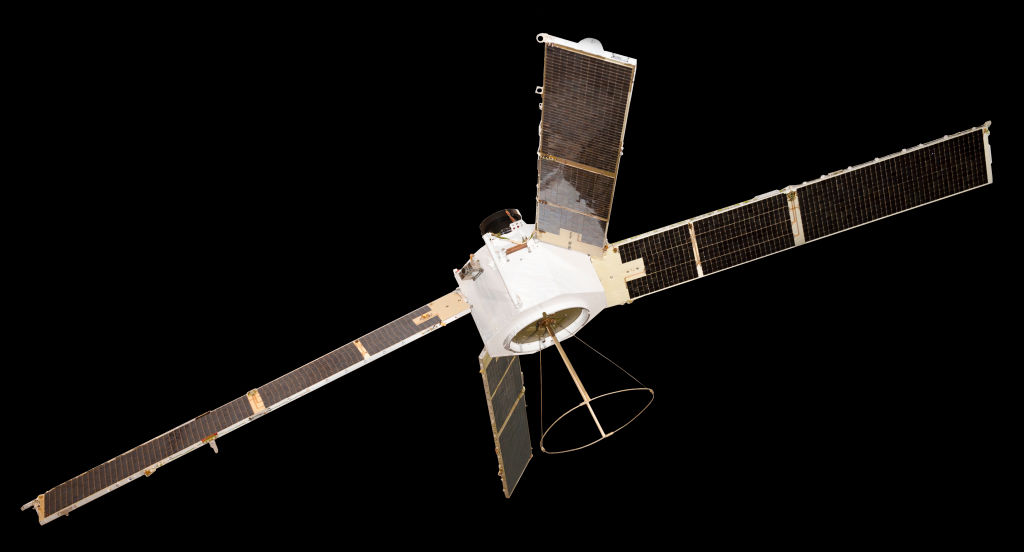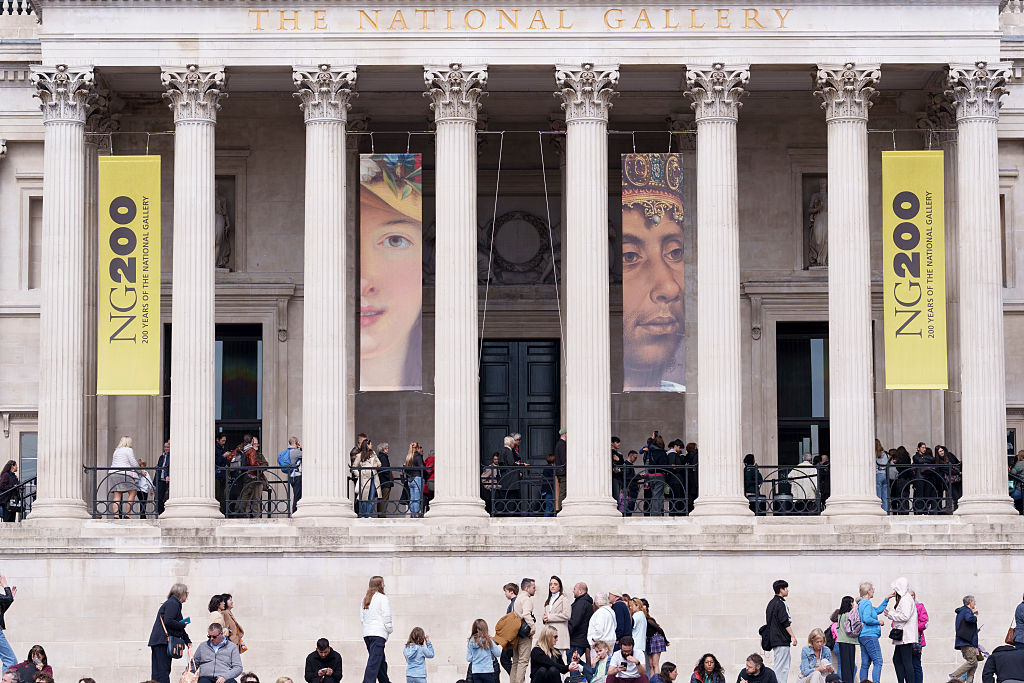21 November 1969: The first permanent Arpanet link
A milestone in the formation of the internet, the first permanent Arpanet link was established on this day in 1969.

The primitive network known as Arpanet was one of the key steps in the formation of the internet. Funded by the US military, it was part of research into building a communications network that could survive a nuclear war. However, the primary goal of the project was to allow computers at research institutions to access unused capacity on each other's systems.
Arpanet's big breakthrough was the use of "packet switching" technology. Previously, networks used "circuit switching", where operators manipulated circuits to create a dedicated line for sending data. Packet switching broke down data into smaller chunks that could be sent via multiple paths and then reassembled. This was faster, more efficient and, crucially, meant if part of the network was down, data could be rerouted via a different set of connections.
Drawing partly on the the work of British computer scientist Donald Davies, who first demonstrated packet switching in 1966, Arpanet sent its first message in October 1969. The first permanent Arpanet link was set up between researchers at University California Los Angeles and the Stanford Research Institute in late November. By early December two other institutions were connected.
MoneyWeek
Subscribe to MoneyWeek today and get your first six magazine issues absolutely FREE

Sign up to Money Morning
Don't miss the latest investment and personal finances news, market analysis, plus money-saving tips with our free twice-daily newsletter
Don't miss the latest investment and personal finances news, market analysis, plus money-saving tips with our free twice-daily newsletter
The development of affordable computers in the 1970s drastically reduced the need for institutions to share mainframe space. But the network continued to grow after software was developed to send electronic messages, while other networks copying the technology sprang up.
By the time Arpanet was wound up in 1990, the early form of the internet had come into existence, with 300,000 systems connected worldwide.
Get the latest financial news, insights and expert analysis from our award-winning MoneyWeek team, to help you understand what really matters when it comes to your finances.

-
 31 August 1957: the Federation of Malaya declares independence from the UK
31 August 1957: the Federation of Malaya declares independence from the UKFeatures On this day in 1957, after ten years of preparation, the Federation of Malaya became an independent nation.
-
 13 April 1960: the first satellite navigation system is launched
13 April 1960: the first satellite navigation system is launchedFeatures On this day in 1960, Nasa sent the Transit 1B satellite into orbit to provide positioning for the US Navy’s fleet of Polaris ballistic missile submarines.
-
 9 April 1838: National Gallery opens in Trafalgar Square
9 April 1838: National Gallery opens in Trafalgar SquareFeatures On this day in 1838, William Wilkins’ new National Gallery building in Trafalgar Square opened to the public.
-
3 March 1962: British Antarctic Territory is created
Features On this day in 1962, Britain formed the British Antarctic Territory administered from the Falkland Islands.
-
10 March 2000: the dotcom bubble peaks
Features Tech mania fanned by the dawning of the internet age inflated the dotcom bubble to maximum extent, on this day in 2000.
-
9 March 1776: Adam Smith publishes 'The Wealth of Nations'
Features On this day in 1776, Adam Smith, the “father of modern economics”, published his hugely influential book The Wealth of Nations.
-
 8 March 1817: the New York Stock Exchange is formed
8 March 1817: the New York Stock Exchange is formedFeatures On this day in 1817, a group of brokers moved out of a New York coffee house to form what would become the biggest stock exchange in the world.
-
7 March 1969: Queen Elizabeth II officially opens the Victoria Line
Features On this day in 1969, Queen Elizabeth II took only her second trip on the tube to officially open the underground’s newest line – the Victoria Line.

